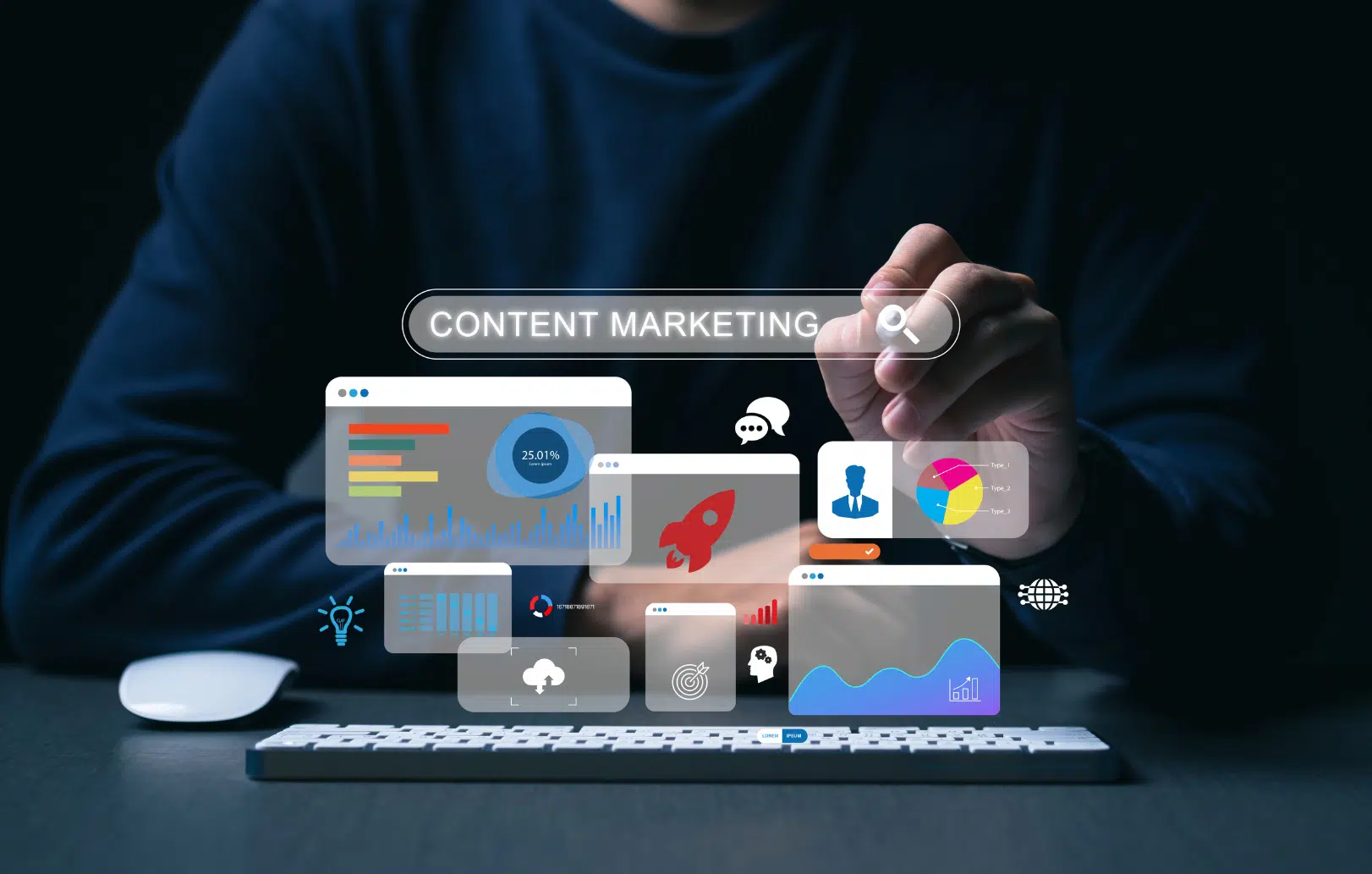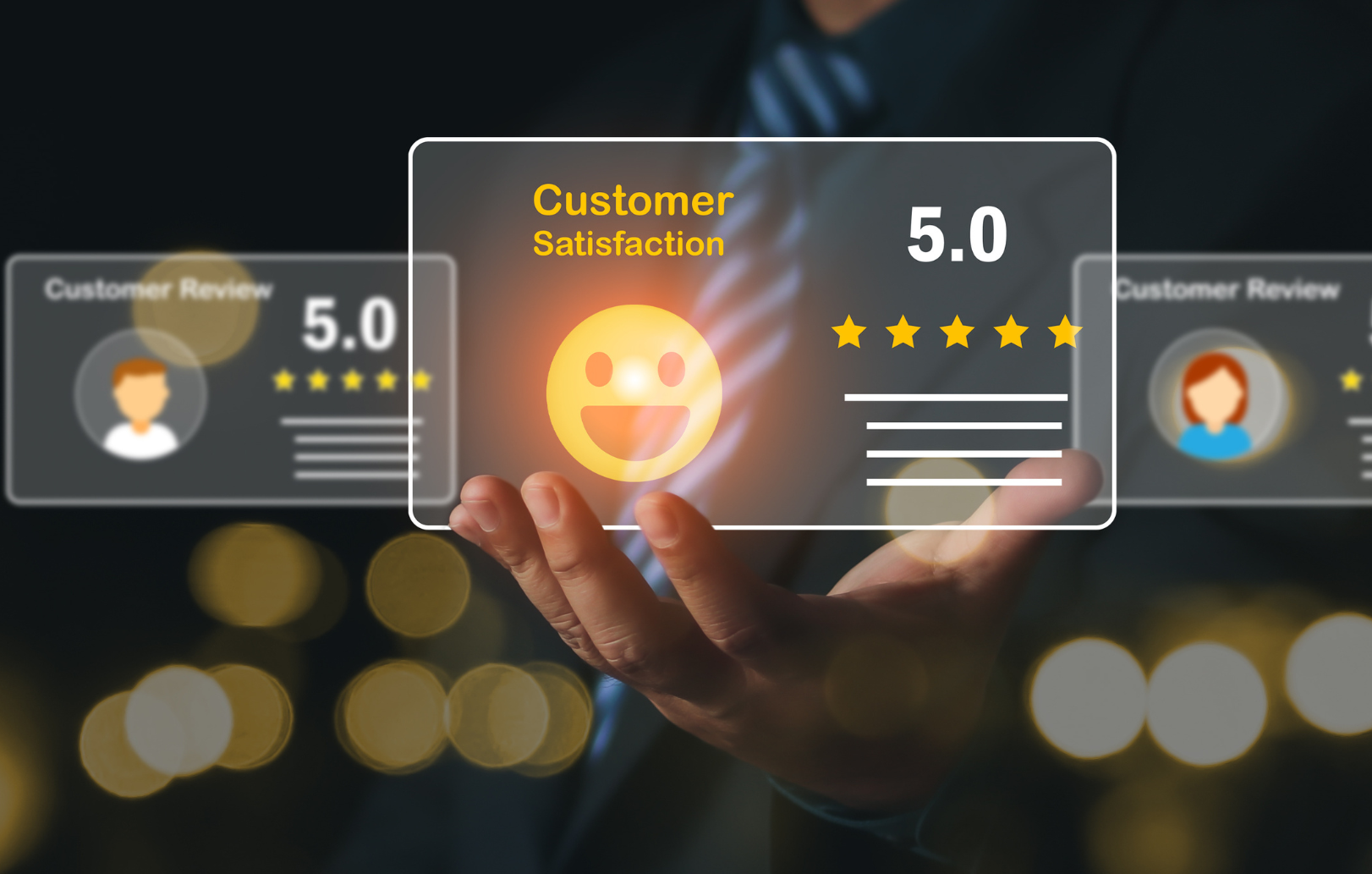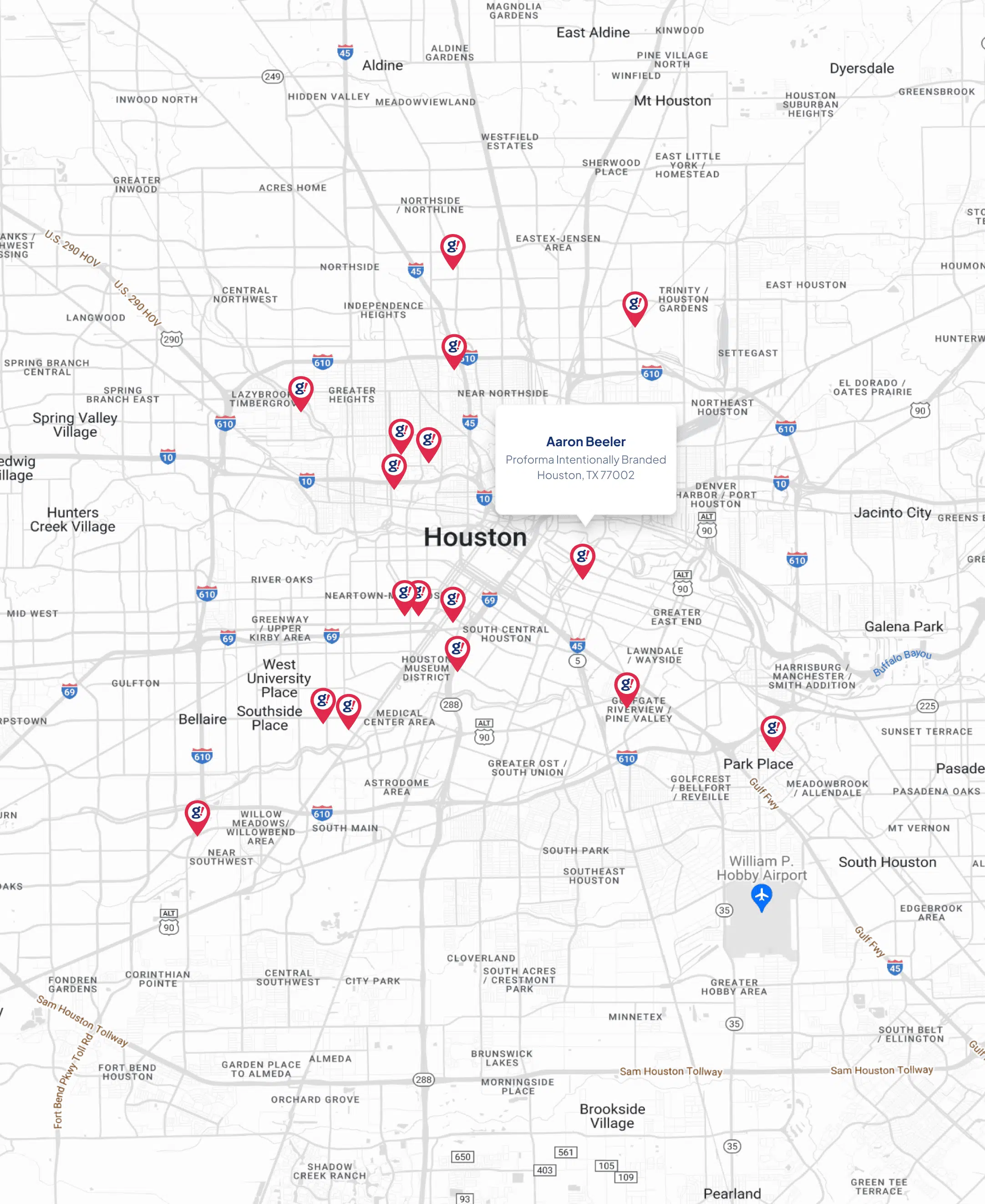Special thanks to Sean Smith at Sprout Social for reaching out and sharing their blog post for our readers. It’s Friday and I didn’t feel like writing anything anyway, so this was helpful.
Thanks Sprout. Thumbs up!
Author Credit:Jennifer Beese
How to Use Social Media for Small Business
A couple of years ago, small business owners were questioning whether social media was a worthwhile investment. Now, it’s no longer a question of should you be using social media, but rather how you can use it efficiently and effectively to drive your business forward.
According to research from LinkedIn, 81% of small businesses use social media. An impressive stat no doubt, but it also means there’s still a significant number of SMBs not taking advantage of social media for their marketing campaigns. That’s mind blowing when you consider the following:
With all of that potential for success, there’s no reason to be watching from the sidelines. Our guide focuses on using social media for small business. We’ll cover everything you need to get up and running, and how to sustain your online presence once it has been established. First, we need to review some marketing basics.
Define Your Goals
Using social media for small business is obviously a great idea, but you may wonder what’s the the real benefits for doing so? You won’t know if your efforts are truly paying off unless you have something to measure against. We’ll take a closer look at measurement a bit later when we talk analytics, so for now, let’s focus on objectives.
Not all social media strategies are created equal. Some are designed to drive awareness while others are built around engagement and specific calls-to-action. There are a lot of elements to social media. For instance, Facebook is a single platform that has many moving parts. You don’t want to approach it haphazardly. It’s inefficient and only creates more work for yourself.
By forming and actually writing down thoughtful and achievable goals, you’ll have a solid understanding of whether or not your social media efforts paid off. A study found 76% of participants achieved their goals through specific goal-setting strategies. There are numerous approaches to goal-setting.
SMART goals are one of the most popular goal-setting frameworks for businesses.
- Specific. The more specific you can be with your objective, the easier it’ll be to see what it is you need to do.
- Measurable. Can your goal be measured? How will you track your progress and know if your goal has been achieved?
- Attainable. Think realistically. Is the goal you’ve set for yourself possible to achieve?
- Relevant. Does your goal drive your business forward? Is it the right time?
- Time. Goals are meaningless without deadlines. Give yourself one.
Define Your Audience
When it comes to marketing effectively, you wouldn’t walk into the center of a crowded room and start yelling at people, so why do the same thing online? Social media is one of the best ways to reach your target audience, but first you have to figure out who they are. Those details will help you figure out which social platforms are best for you and the type of content you’ll share.
When identifying your target audience, consider factors such as:
- Age
- Location
- Income
- Education
- Career
- Interests/hobbies
Remember, the more specific you can be, the better. This will enable you to create a strong social media marketing strategy around these individuals and take a more targeted approach to each the right people at the appropriate time.
Research the Platforms
Now that you know who you want to reach, you’ll need to figure out where they are. Social networks have varied user bases—some cater to niche groups while others are digital melting pots. As a small business, your time and energy is very valuable. It doesn’t make sense to invest it on one social network if your primary target audience is more active on another.
B2B & B2C Considerations
In a broad sense, the industry you’re in will help you decide which platform to use. B2B and B2C businesses use social media differently. Consider this when you’re trying to decide which platform to use. In Social Media Examiner’s 2015 Social Media Marketing Industry Report, B2B respondents listed LinkedIn as their number one choice for social networking while B2C businesses go to Facebook, and in larger numbers.
If you’re B2C, you’ll need to become very familiar with the key social media players and their demographics. It’s a time consuming endeavor, but not to worry because we’ve put together a complete guide to Social Media Demographics for you. Read through it for detailed insights across seven social media platforms.
Platform Strengths & Weaknesses
Going beyond just demographics, you need to know the strengths and weaknesses of each platform. If you specialize in video content, for example, then you’ll want to choose the platform that best supports that type of media.
Specifically, on YouTube, 300 hours of video is uploaded every minute, but 67% of Facebook users in the US said they discovered the videos they watch on the social network.
Do you want to work within a six- or 15-second time constraint, or would you like your content to disappear after it’s viewed?
How often do you plan to publish content? Is Facebook or Twitter better for engagement? If you’re going to update multiple times a day, then Twitter’s fast-moving stream might be the right fit. But if you only plan to post a couple of times a week, you don’t want that content to become buried minutes after it’s been published. Facebook has a longer lifespan than Twitter, making it easier to stay relevant without burning out on content.
Customer Service
Using social media for small business isn’t only good for driving awareness and engagement; it’s great for relationship building as well. When customers try to reach you with a question or complaint, many do so on social media. So which platforms are best equipped to help you handle customer service queries?
Consumers complain about brands 879 million times a year on Twitter, Facebook and other social media sites. What’s worse is brands aren’t responding. Seven in eight messages to brands go unanswered within 72 hours.
Being responsive and engaging has never been more critical, especially for a small business where the loss of a customer could be substantial. You have to think about which social media platforms are best equipped to help you handle customer service queries.
Although Instagram is great for engagement, it might not be the best place to direct customers with questions about your product or service.
Twitter and Facebook tend to be a customer’s first support resource because of their accessibility and private messaging capabilities. While you should monitor every platform you’re on for mentions of your brand, pay extra attention to Facebook and Twitter.







